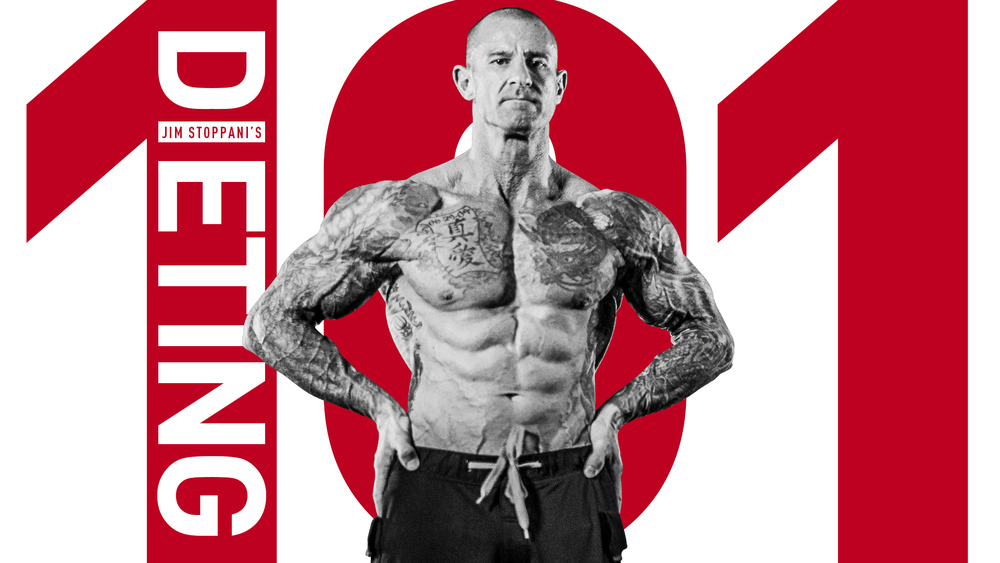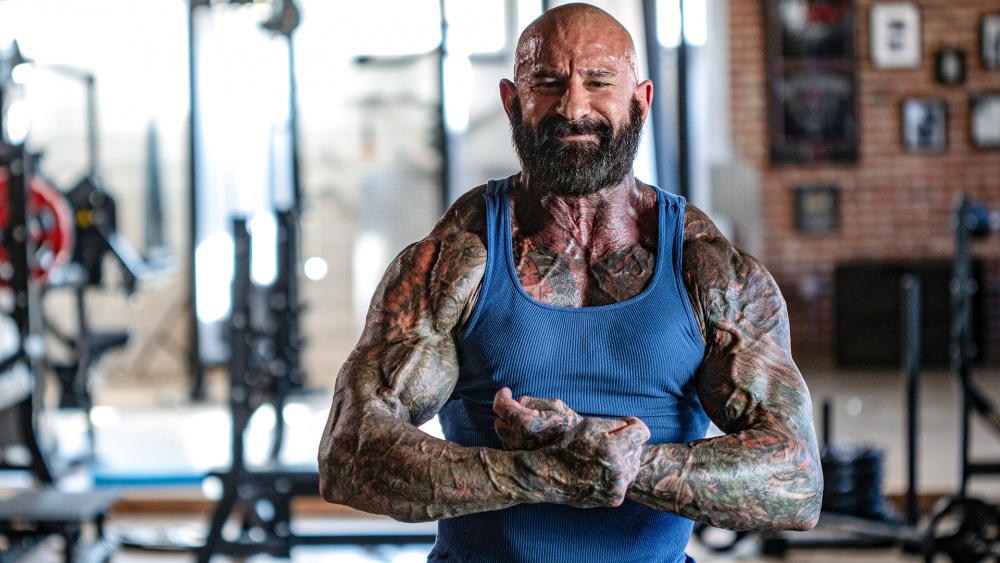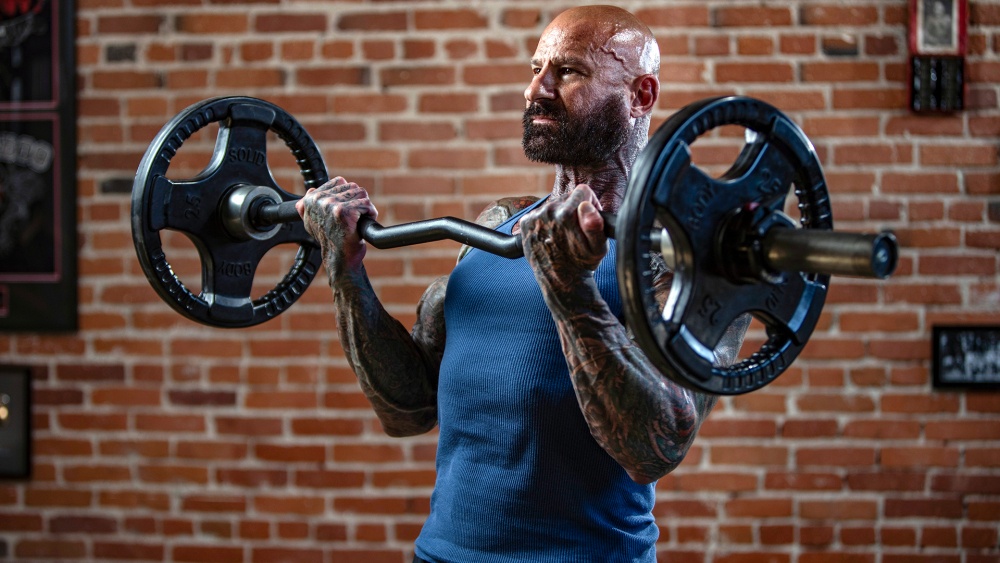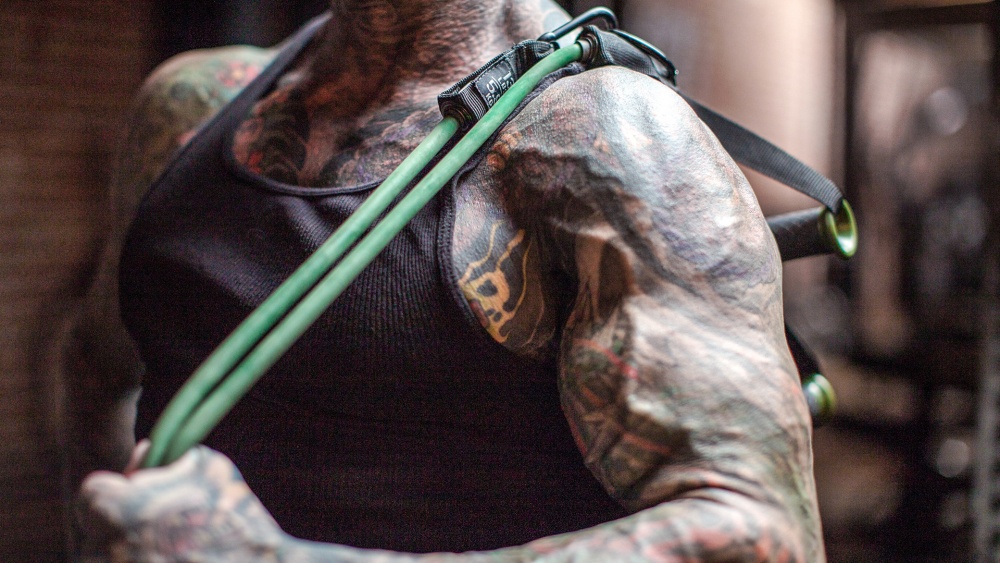12-Week Beginner to Advanced Training Program
Whether you're a true beginner or starting up again after a long layoff, this three-month training plan will get you bigger, stronger and more defined – and on the path to even greater gains in the future.
"I don't even know where to start..." is one of the most common phrases I hear from people who desparately want to get in shape but haven't yet begun taking control of their bodies and their lives by following a fit lifestyle. They're often intimidated, especially those who have never been properly introduced to weight training. I have just one thing to tell these people:
Start here.
Whether you're a true beginner who has never had the pleasure of heaving a loaded barbell or you're starting on the road to fitness again after a long layoff, this is the perfect plan to take you from beginner status to an advanced level trainee in just 12 weeks.
Let's be clear here: I'm not saying that at the end of 12 weeks you'll be ready to step on a bodybuilding stage or will have achieved every last fitness goal imaginable. You will, however, have added considerable muscle mass and strength and be ready to take on some seriously advanced training techniques to build even more size and strength – technique such as supersets, tri-sets, HIIT 100s and the numerous others I employ with my members here at JimStoppani.com.
In other words, if you follow my 12-week program as written, not only will you experience results that you'll be able to see in the mirror, on the scale and in the gym in terms of increased strength and endurance, but you'll also be setting the stage for more results to come.
And it all begins here. This is your starting point. Adopt the fitness lifestyle, stick with it, and I promise you'll be glad you did months, years and decades down the road. Myself and the JYM Army will be with you every step and every rep of the way to offer tips, encouragement, motivation and, of course, enough great training programs and meal plans to last your entire fitness journey. Not familiar with the JYM Army? Here it is on the JYM Army Facebook page, growing bigger and stronger everyday!
Split Decision
My Beginner to Advanced Program consists of four 3-week phases and is grounded in progression – progression of the exercises you use, progression in the number of sets you complete per workout, progression in the amount of weight you use and, just as important, progression in your training split. A training split involves how you split up muscle groups for each workout, typically on per-week basis.
For example, some people train only one major muscle group each workout. Monday they may train chest, maybe back on Tuesday, legs on Wednesday, shoulders on Thursday and arms (biceps and triceps) on Friday, with abs thrown in on one or two of those days for good measure. Since this training schedule splits the body into five different workouts, it would be considered a five-day training split.
There are an infinite number of splits that an individual can use, but there are specific splits that would be more beneficial than others based on your training experience. The above example would probably be too advanced for a beginner and wouldn't offer you the best benefits in gaining muscle size and strength.
So what's the best training split for a beginner? For my money it's a whole-body training split. We'll get into the details of what that is in just a minute. The real key to training splits is using the proper split as you progress from newbie to intermediate to advanced lifter. That's one thing we'll be accomplishing with this 12-week program. The training split you'll use in weeks 10-12 will look vastly different than the one you'll use in week 1. But don't worry, you'll be prepared for it.
Phase 1: weeks 1-3 (Whole-Body Training Split)
As the name implies, a whole-body training split involves training your entire body in every workout. The major benefit of this split for beginners is that it allows you to train each muscle group more frequently each week. With a whole-body training split you can train each muscle group three times per week, such as Monday, Wednesday and Friday.
This repetition is important for training your body's nervous system. Before you can focus on building serious muscle, you first need to train your muscles how to contract properly. Learning how to bench press or squat is like learning to ride a bike, just with less falling. Your muscle fibers need to learn how to contract synchronously so that you can perform the exercise correctly and apply the most strength when you do it. And the best way to learn how to do something is through repetition.
So the first three weeks you will be following a whole-body training split done three times per week. I suggest you train Monday, Wednesday and Friday, but any three days of the week will do, as long as you allow one day of rest away from the weights between workouts. Why rest? Because your body needs time to recover from the previous workout, and recovery is critical for making gains in muscle size and strength.
Phase 1 Rundown:
Exercises: The exercises you will be using are the tried and true mass builders that have been done for decades, if not centuries. These include exercises like the bench press, squat and barbell curl, to name a few. You will do one exercise per muscle group during this phase. Any more than that and the workout becomes prohibitively long and may be too much for your unaccustomed muscles.
Reps: Rep is the abbreviated term for repetition, which involves doing the exercise one time through its full range of motion. For example, when you lie down on the bench press and lower the bar to your chest and press it back up, that is one rep. In this phase you will want to do about 10-12 reps per set. That is a good range for a beginner to learn the exercise and to build size and strength. One exception is calves and abs. On calves, you are better off doing higher reps to stimulate more muscle growth in this stubborn muscle group. And when doing body weight ab exercises, such as crunches, you'll want to do as many reps as you can per set until reaching muscle failure.
Weight: The amount of weight you will use is determined by the rep range employed. Since you will be doing 10-12 reps per set, you should choose a weight that prevents you from doing any more than 12 reps but allows you to complete at least 10 reps. You should expect to get stronger over these three weeks, so once you can do more than 12 reps with the weight you are using it's time to increase the weight by 5 or 10 pounds.
Sets: A set is the term that refers to doing all reps for an exercise. That is, when you pick up the bar and perform as many repetitions as you can before putting the bar down (10-12 reps in this phase). That completes one set. Typically you do several sets per exercise, with rest taken between those sets. In this phase you will do three sets per exercise, which is just enough repetition to learn the exercise yet not too much to make the workout last too long.
Rest: During this phase you will rest about 2-3 minutes between sets. The goal is to allow enough rest to allow you to stick fairly close to the rep range using the same weight on all three sets. This will help you gain more size and strength. In fact, research published in the Journal of Strength and Conditioning Research has reported that beginner lifters resting 2.5 minutes between sets gained more than twice as much muscle size on their arms as those resting just one minute between sets. The exception here is calves and abs, which tend to recover faster between sets. For these exercises rest 1-2 minutes between sets.
Phase 1: Weeks 1-3 Workouts (Whole-Body Training Split)
Do this workout three times per week with at least one full day of rest between workouts (such as Monday, Wednesday and Friday).
This content is for members only - Sign up now
Click here for a more detailed overview of Phase 1
Phase 2: Weeks 4-6 (Two-Day Training Split)
After three weeks of following a whole-body workout done three times a week, it's
...
Subscribe to read more!
Access Every Article, Workout, Meal Plan, & App For $1
Related Articles














